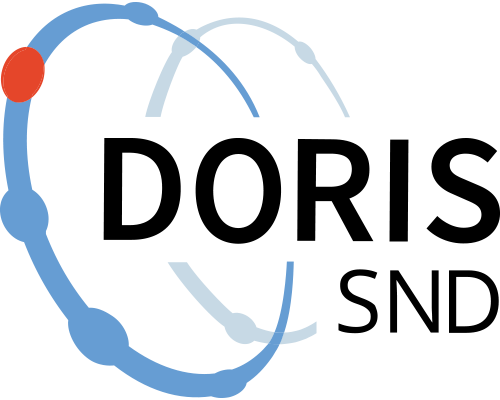Dissecting CAF subtypes in Pancreatic Cancer
https://doi.org/10.71540/eq7d-nd59
Within the stroma of pancreatic ductal adenocarcinoma (PDAC), mesenchymal cells differentiate into cancer-associated fibroblast (CAF) subtypes that differentially mediate disease progression. Defining the regulatory mechanism and diversity of CAF subtypes could identify potential therapeutic strategies to harness the tumor suppressive activities of CAFs. To address this, we utilized single-cell RNA sequencing to profile fibroblast activation protein-alpha (FAP) expressing mesenchymal cells in human PDAC. The mesenchymal subpopulations in PDAC reflected mesenchymal cell heterogeneity found in the normal developing pancreas. In addition to characterizing inflammatory CAF (iCAF) and myofibroblastic CAF (myCAF) subpopulations in detail, the analysis uncovered a previously undescribed interferon-response CAF (ifCAF) subtype. Tumor-derived signals induced specific CAF subtypes from pancreatic stellate cells (PSCs) in an organoid-based co-culture model, and time-course experiments revealed regulatory mechanisms that govern subtype formation. STING agonists promoted an ifCAF phenotype in vivo and in vitro. Importantly, induction of an ifCAF phenotype suppressed tumor cell invasiveness and induced an anti-tumor phenotype in tumor-associated neutrophils. Together, this study resolves FAP+ stromal cell heterogeneity in PDAC and identifies an ifCAF subtype that can be induced to suppress pro-tumorigenic features of PDAC (Cumming et al., 2025).
This dataset contains the following data and metadata files:
1. Six pairs of fastq files that contain the actual sequencing data. The total size is 230 GB. Each pair represents a paired-end single-cell RNA sequencing from an individual patient sample. The fastq files are text files with genomic sequence and sequence quality metrics. They are stored as compressed gzip-ed files.
2. A metadata file with sample information. The variables included are: Sample name, sequencing library ID, sequencing depth, sequencing index, number of cells, barcode set, patient pseudo ID (P1-P5), pathologic diagnosis, gender, age, surgical procedure, pathological classification, tumour location, histological status (desmoplasia). This is an Excel file (xlsx).
3. A metadata file with sample information according to the Federated European Genome-Phenome Archive Sweden (FEGA-sweden) template format. This is an Excel file (xlsx).
4. Twelve processed data tables with raw read (UMI) count; Six files for quality filtered cells, and six files with all cells. Each table corresponds to a separate sample. This corresponds to gene expression levels after mapping to the reference genome. The data is stored in MEX format, i.e. three tab-delimited text files in sparse matrix format. The files are compressed with gzip.
5. Two cell annotation tables for the single-cell data. The tables describe read count, gene count, cluster number, and cell type annotation for 30786/26733 single cells from the 6 samples described in the sample information metadata file. The tables are submitted as tab-delimited text files.
6. Two binary files written in R programming language containing an object readable by the Seurat package. The files contain processed data in the form of read count (i.e. gene expression levels) and also as transformed (normalized and scaled) data and analysis results. The files are in RDS format and can be loaded in R.
For more information about the data files, please read the documentation files that accompany this data description. If you would like to submit a request to access data of this dataset, please read the document Readme_before_submission_of_an_access_request.
Documentation files
Documentation files
Citation and access
Citation and access
Data access level:
Creator/Principal investigator(s):
Research principal:
Principal's reference number:
- 2019-00399
Data contains personal data:
Yes
Type of personal data:
Genomic sequence data, gender, clinical diagnosis, age
Code key exists:
Yes
Sensitive personal data:
Yes
Citation:
Language:
Method and outcome
Method and outcome
Data collection - Experiment
Data collection - Experiment
Geographic coverage
Geographic coverage
Administrative information
Administrative information
Topic and keywords
Topic and keywords
Relations
Relations
Versions
Versions
Metadata
Metadata
Versions
Versions
